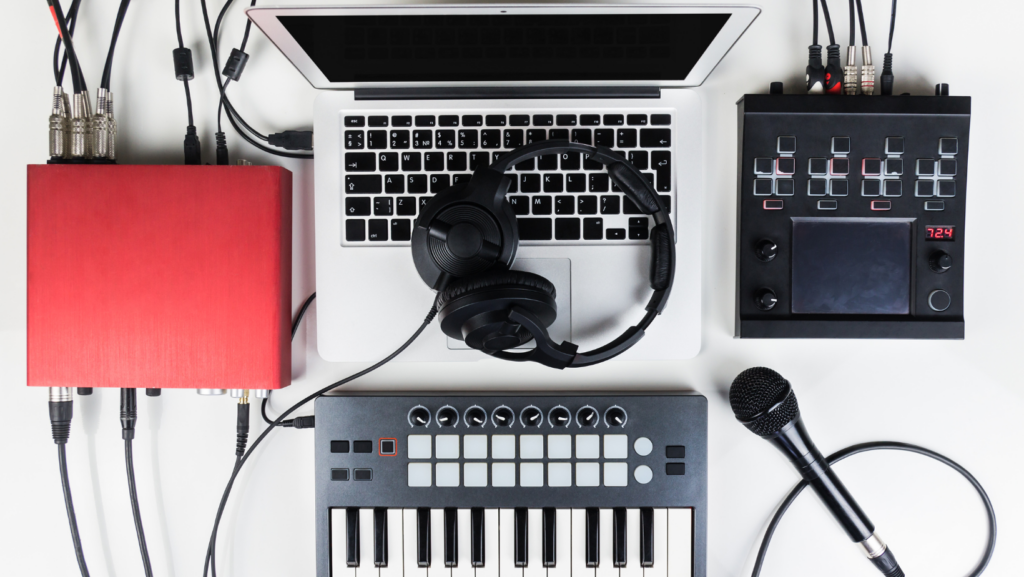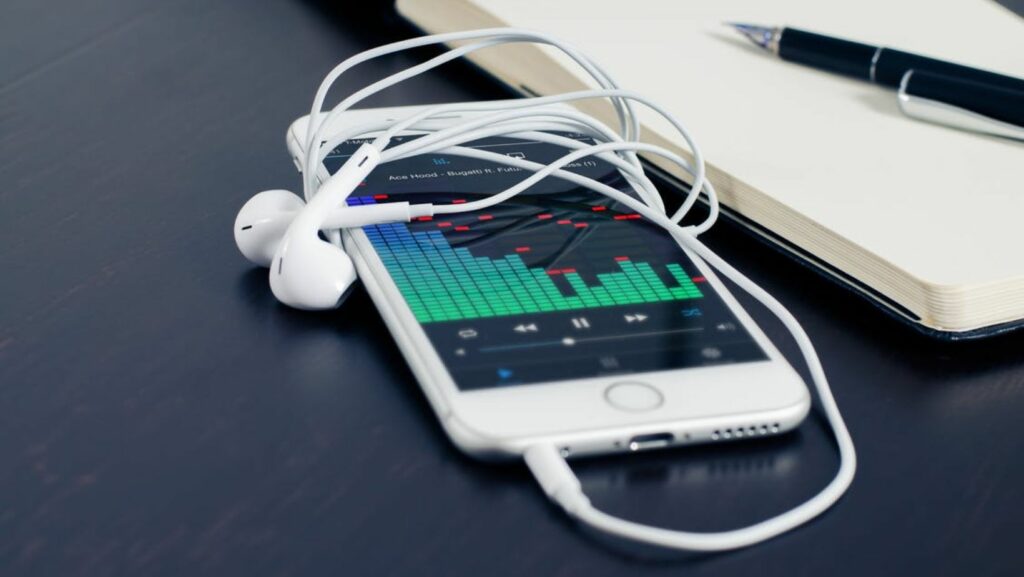Is Music Stored on a Smartphone an Analog or Digital Signal?
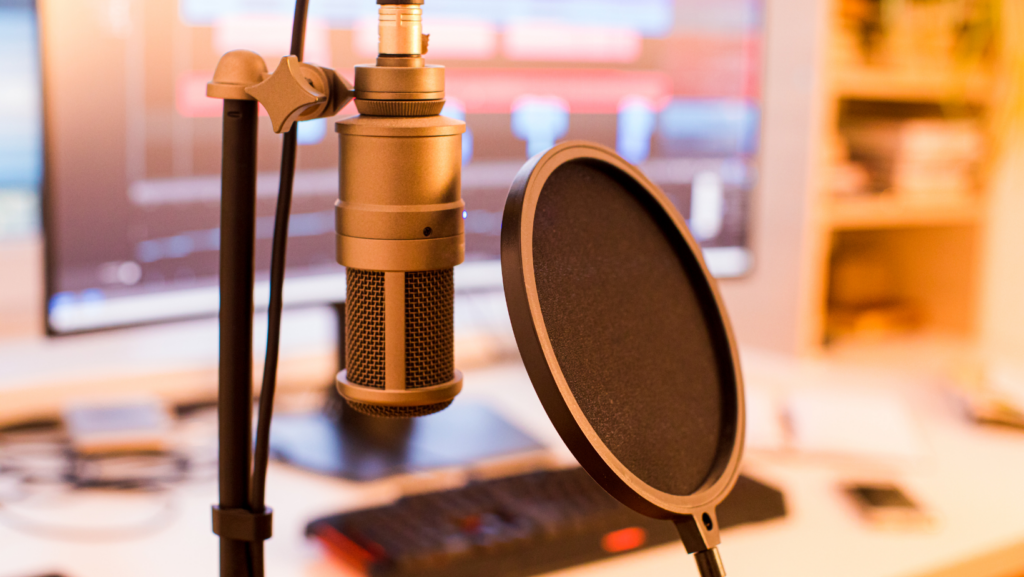
In the digital age, the way we consume music has undergone a profound transformation. Is music stored on a smartphone an analog or digital signal? When we listen to music on our smartphones, have you ever wondered whether the music stored is in analog or digital form? As an expert in technology, I’ll delve into this intriguing question to shed light on the inner workings of our digital music libraries.
The distinction between analog and digital signals is crucial in understanding how music is stored and played back on our smartphones. Is music stored on a smartphone an analog or digital signal? Exploring this topic can unravel the complexities behind the seamless streaming of our favorite tunes on portable devices. Join me as we unravel the mystery behind the music files that accompany us in our everyday lives.
Understanding Signals: Analog and Digital
What Are Analog Signals?
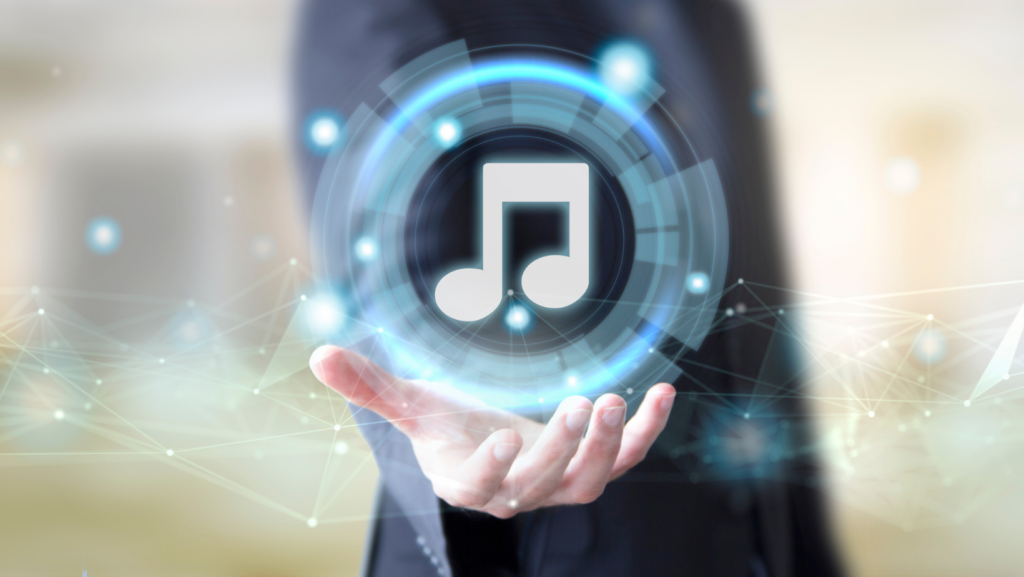
An analog signal is a continuous wave that represents physical quantities. In the context of music, analog signals are analogous to the original sound waves produced by musical instruments or vocals. These signals are smooth and infinite in their possible values, much like the grooves on a vinyl record. When music is stored in analog form, it retains its original wave pattern without discrete quantization.
What Are Digital Signals?
Digital signals, on the other hand, are discrete and quantized representations of information. When music is converted into a digital format, it undergoes a process where the continuous analog signal is sampled at regular intervals and assigned numerical values. These values are then encoded digitally, creating a stream of binary numbers that can be stored and processed by electronic devices like smartphones. Digital music files break down the audio signal into a series of “1”s and “0”s, allowing for efficient storage, transmission, and reproduction of sound.
How Smartphones Store Music
The Process of Storing Digital Music
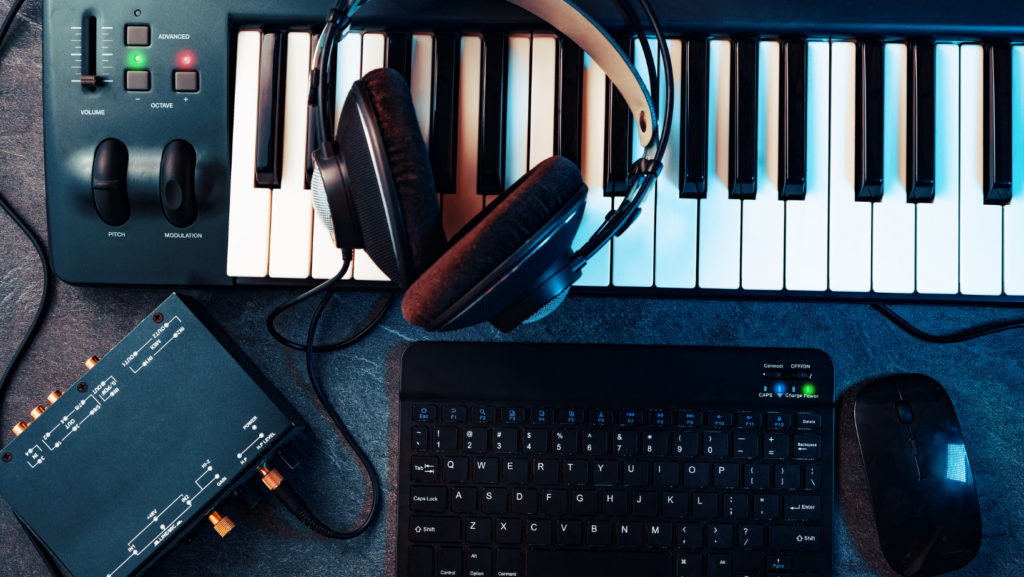
When it comes to storing music on smartphones, it’s crucial to understand the process behind storing digital music. Digital music files are created by converting analog sound waves into digital signals through a process called sampling. Sampling involves taking snapshots of the sound wave at regular intervals and converting these snapshots into binary code, which is the language that computers understand. This digital representation of music allows for efficient storage and playback on smartphones. So, when you listen to music on your smartphone, you’re actually listening to these digitized versions of the original analog sound waves.
Converting Music Files for Smartphone Use
Converting music files for smartphone use involves transforming music from its original analog format to a digital format that is compatible with smartphones. This conversion process typically uses codecs, which are programs that encode and decode digital data, to compress music files without significantly compromising sound quality. By converting music files into formats like MP3, AAC, or FLAC, smartphones can store large amounts of music without taking up too much storage space. Additionally, these digital formats are optimized for playback on smartphones, ensuring high-quality audio while conserving storage capacity.
Portability and Accessibility
I’ll delve into the advantages of digital music on smartphones, starting with portability and accessibility. Digital music on smartphones allows for the convenience of carrying thousands of songs in my pocket, eliminating the need for physical media like CDs or cassettes. With the ease of downloading or streaming music directly to my device, I have instant access to a vast library of songs wherever I go. This portability enables me to enjoy my favorite tracks on the move, whether commuting, traveling, or exercising.
Sound Quality and Customization
Another benefit of digital music on smartphones is the enhanced sound quality and customization options it offers. By converting analog music into digital formats, smartphones can reproduce high-fidelity audio with clarity and precision. Additionally, with various equalizer settings and audio enhancement features available on music apps, I can customize the sound to suit my preferences. This level of customization allows me to tailor the audio experience to match the genre of music I’m listening to or adjust sound settings based on my surroundings.

